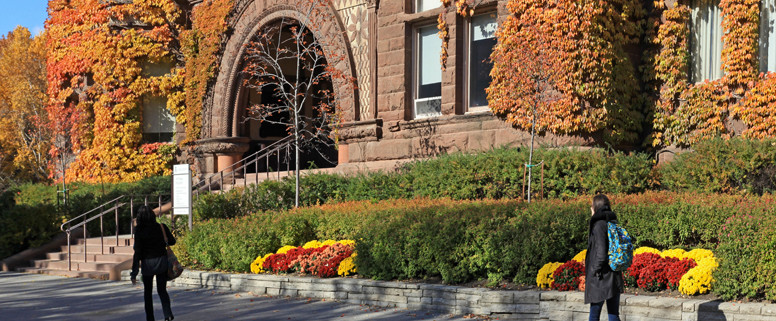The Small College Struggle
In the wake of the recession, a growing number of small liberal arts colleges are facing major financial challenges. These small schools share specific traits: high tuition, minimal endowments, and locations in rural or suburban areas. Today’s students continue to shy away from expensive, liberal arts schools that leave them in debt and are considering larger, public universities. Moody’s recently released a report about college closures, and said the amount of colleges closing this year is expected to triple with small colleges the most at risk.
The recession has forced many students to think more about value. In recent years, larger schools have been able to offer better rates of financial aid and lower tuitions. With less students choosing smaller, more expensive universities, revenue from tuition has fallen. Bigger schools have bigger endowments, allowing for flexibility. Smaller, private schools don’t always have the assurance of large endowments to fall back on. When budgets are stretched, the first thing to go are specialized programs and facilities. Eventually smaller schools may be forced to lay off faculty and staff, thus decreasing overall value in the eyes of potential students.
Most recently, due to “financial challenges” St. Joseph’s College has announced that it will cease operations at the end of the spring semester. The school has lost $4 to $5 million each year since 2012. Board Chairman Benedict Sponseller says the school took out a large mortgage in hopes of increasing enrollment. When enrollment did not increase St. Joseph’s began to spend its endowment, around $24 million in 2015, to stop the bleeding. Currently the endowment is about $6 million; money the school plans to use for employees’ severance packages.
St. Joseph’s is not alone as Dowling College, St. Catharine College, and Marian Court College are among others who have shut their doors in recent years. David Warren, head of the National Association of Independent Colleges and Universities, says small schools must understand their own value and cut costs to survive. With larger schools offering what today’s students want- generous financial aid, access to urban areas, and numerous school programs backed by large endowments- small liberal arts schools have a lot of value to make up.
**The most valuable resource for communication in Higher Education–-HigherEd Direct, Test our database here!

